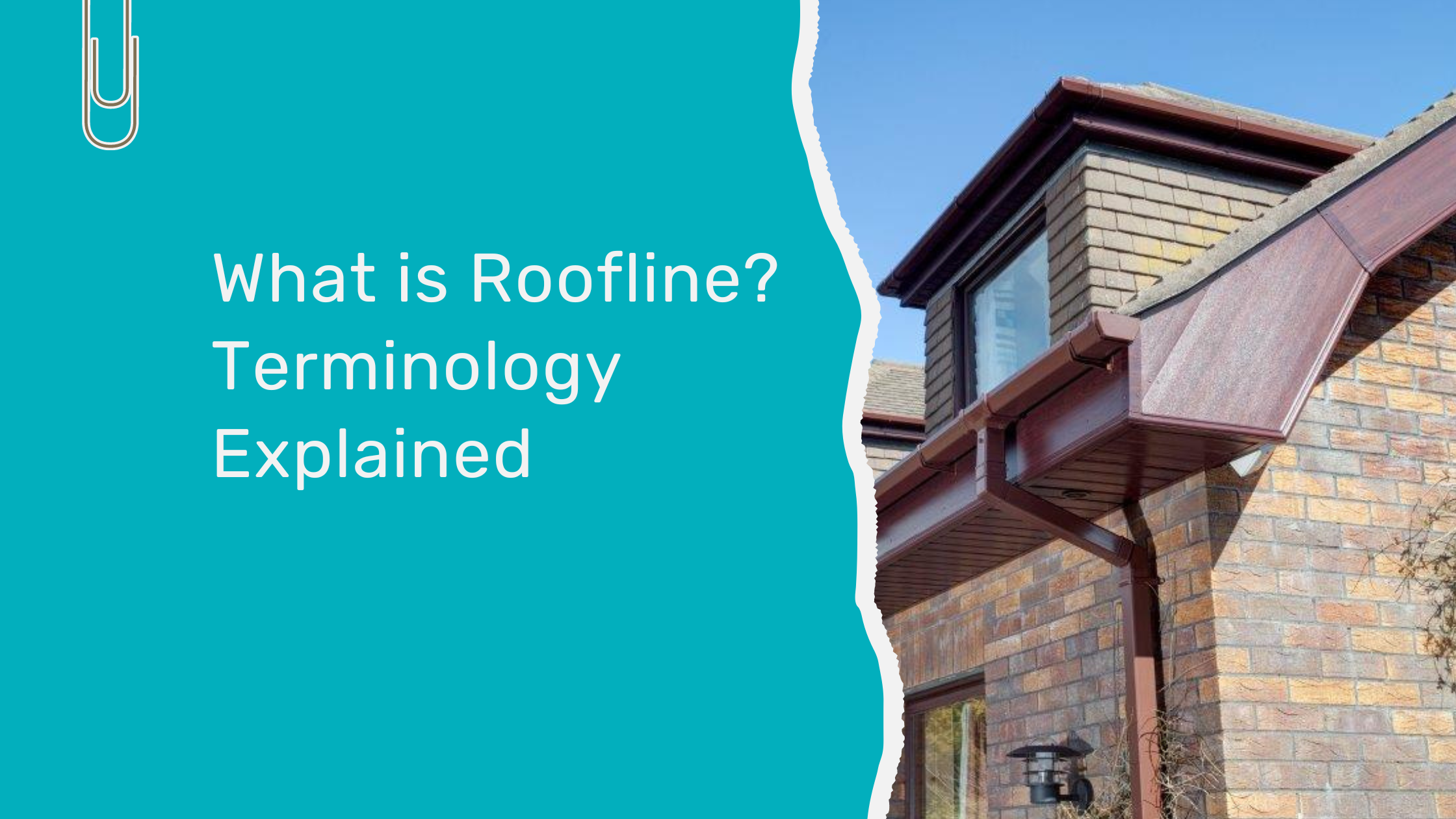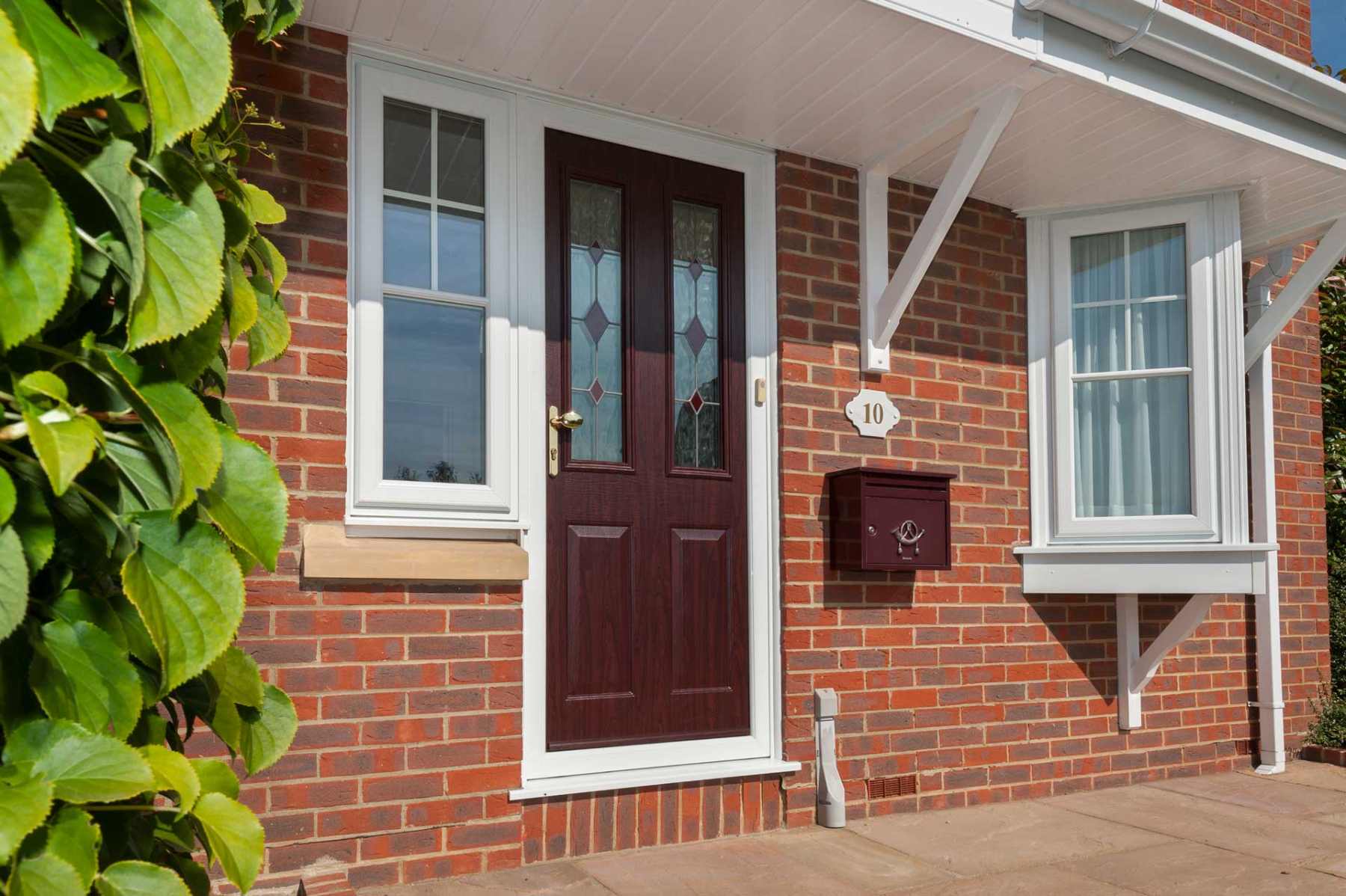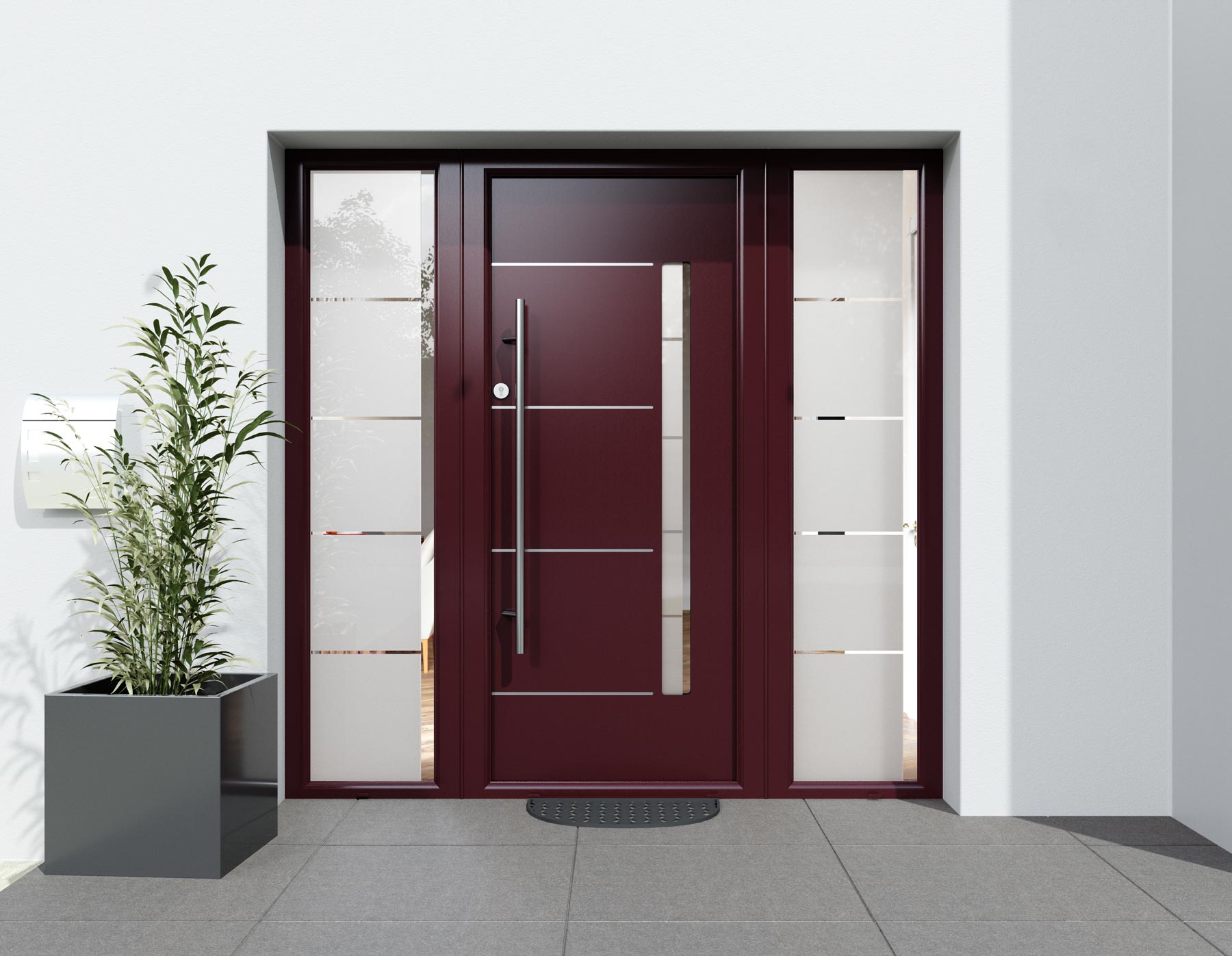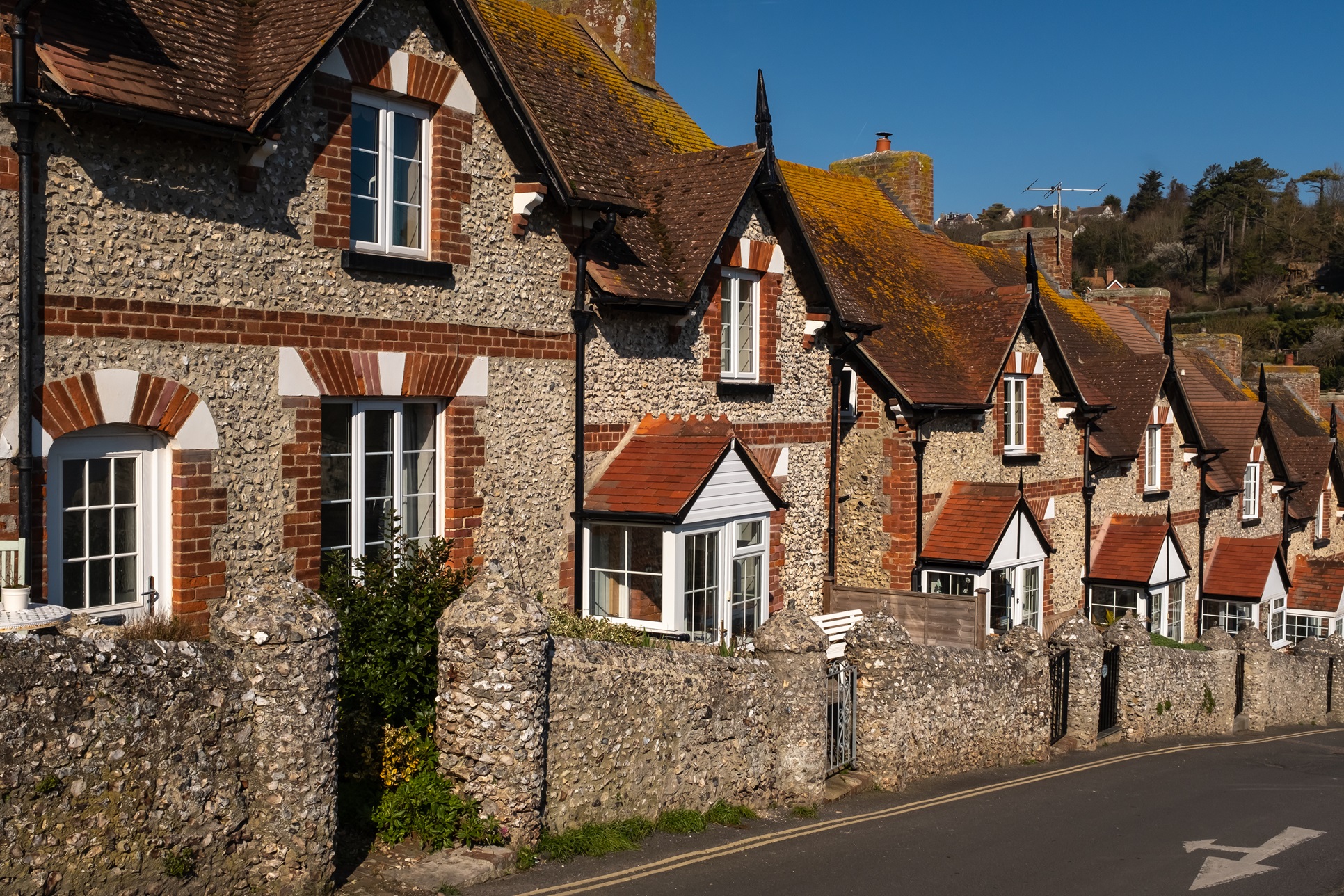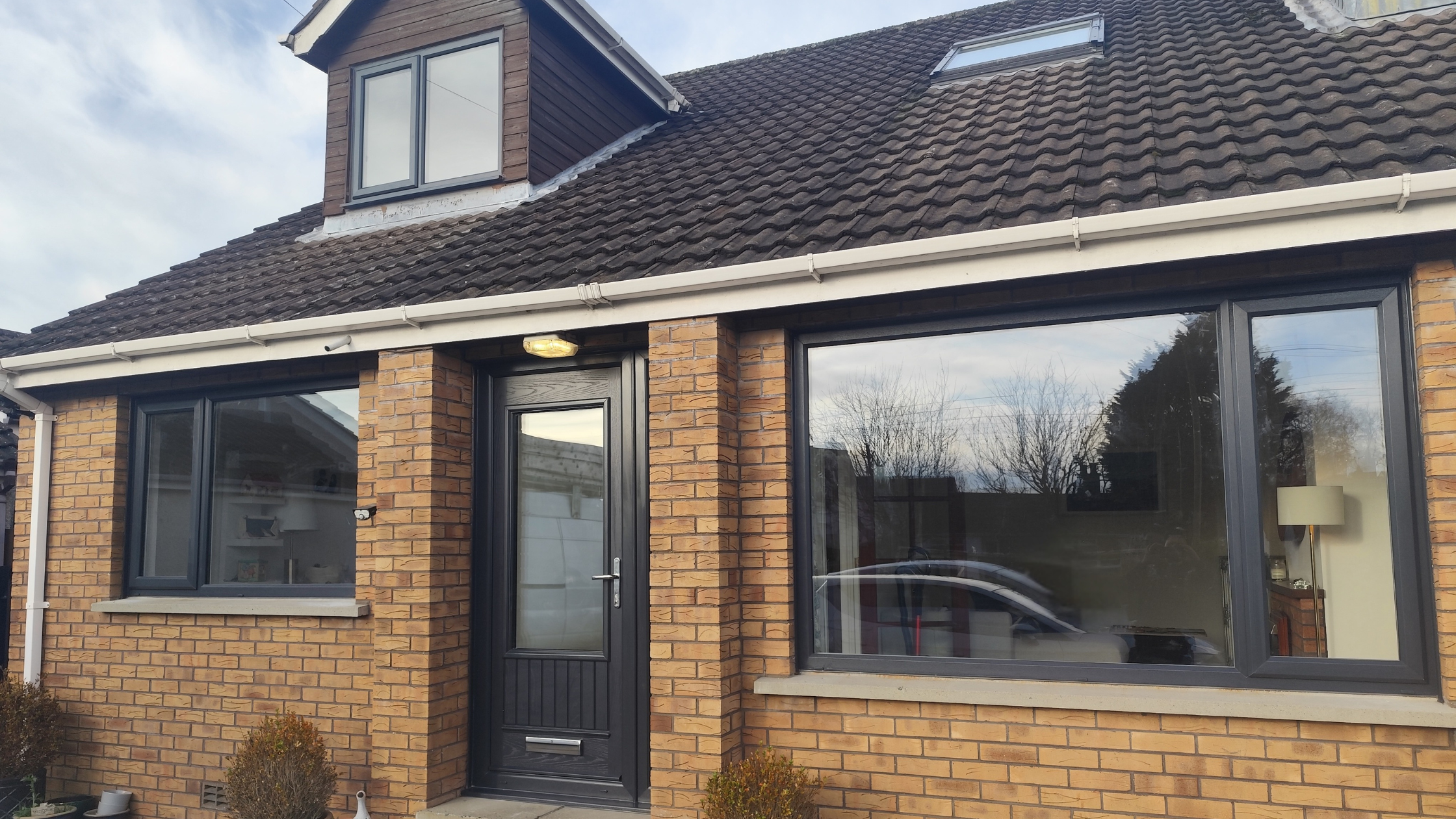What is Roofline?
Not many of us know the correct term for the entire fascia, soffit and guttering system on our homes, but we are here to teach you know a little more.
The four combining components that make up your property’s roof are referred to as the roofline. These include guttering, soffits, cladding and fascias. While each of these three improvements is made to do something completely different, they are all equally crucial to protecting your house all year long. You want a properly built UPVC roofline that will keep your property protected no matter the weather.
Replacing your roofline with uPVC
Formerly, wood was used to create roofline items. Despite the aesthetic advantages, wood needs to be maintained and painted on a regular basis throughout the year because it is prone to rot and decay. This may keep your house from performing and appearing its best.
For this reason, UPVC is a popular choice among homeowners who want to replace timber with a strong, long-lasting, and low-maintenance material. UPVC roofline items, which come in a range of designs and colours, not only have a stunning appearance but also protect your property from the elements.
Let us break roofline down into its four different components-
-
What Are Fascia‘s and What Do They Do?
Fascia’s are the boards that run along the roof timbers of your property. They bear a lot of weight, including the added stress from windy, rainy, or snowy weather. Think about the fact that during a heavy downpour, several litres of water could fall onto your property every single second. Your roofline must support an enormous amount of weight. However, UPVC fascia’s can withstand substantial weather pressure. We use FreeFoam roofline products to ensure the highest levels of performance. Your fascia’s primary function is to:
- Reduce the risk of dampness and rot by covering the exposed ends of your rafters.
- Tie down the bottom row of roof tiles.
- Establish a sturdy foundation on which to fix guttering.
The rainwater on your property’s roof is drained by the guttering on your home. The guttering runs directly along the edge of the roof and is frequently connected to a downpipe that conveys the rainfall into soakaways, which are underground passages where it gently seeps back into the ground.
Guttering made of UPVC is always the greatest choice for a roofline that functions properly. In order to prevent blockages and water damage, you should make sure that your gutters are frequently swept of leaves, debris, and bird nests.
-
Soffits and how they protect your home
The area that hangs over the roof is known as the soffit. The board that covers the roof on the overhang is the soffit, if you were to look up. Soffits are more shielded from the full force of the weather than fascia’s, albeit being slightly less noticeable. Soffits, however, are a crucial component of the roofline since they shield your rafters from small animals and insects living inside or stop moisture from entering your property.
- Defend your property against dampness and rain
- To prevent insects and small animals from entering, seal the roof area.
The cladding is an additional crucial component. These are merely fascia boards that are fastened to the house’s diagonal eaves. Cladding shields your property from the elements similarly to normal fascia’s by covering the exposed roof rafters’ edges and reducing moisture saturation.
When is it time to replace your home’s roofline?
Your rooftop will be protected from water damage and wet and dry rot if your roofline is fitted, functioning, and of high quality. If ignored, each of these issues has the potential to become very significant, impacting both the appearance and structural soundness of your home. Therefore, it’s critical that you recognise the warning indications of damage before they worsen. In this approach, you can address the issue before it worsens. The following are a few typical problems with outdated or harmed roofline products:
- Wood that is rotting or peeling
- Animal faeces
- Watermarks or rust
- Ruined painting
Why is replacing your roofline important?
Weather Protection
It is crucial to make sure the space between the guttering and the wall is sealed and watertight. Strong winds, heavy rain, and snow are all common in this region.
Your roofline shields this section from the elements and guards against any damage.
Avoid Rotting
A building’s exterior might develop rot and mould if it is exposed to rain or snow. A sound roofline is crucial to having and keeping this from happening. In order to prevent moist growth, your roofline must also allow for some airflow.
Your roofline is a crucial component of your roofing since rot can have disastrous effects on a building.
Improve your home’s exterior
A property’s appearance can be greatly impacted by tidy exterior rooflines. The appearance of a property’s exterior can be greatly improved by switching from black to white guttering and trims.
Maintaining a clean and clutter-free roofline can help with this, keeping your building in good shape and performing as it should.
It’s critical to act quickly and address any issues with your roofline if you suspect they may be damaged or insufficient before it’s too late.
Start Your Quote!
Find prices for your home improvements with our free online quoting tool today!




